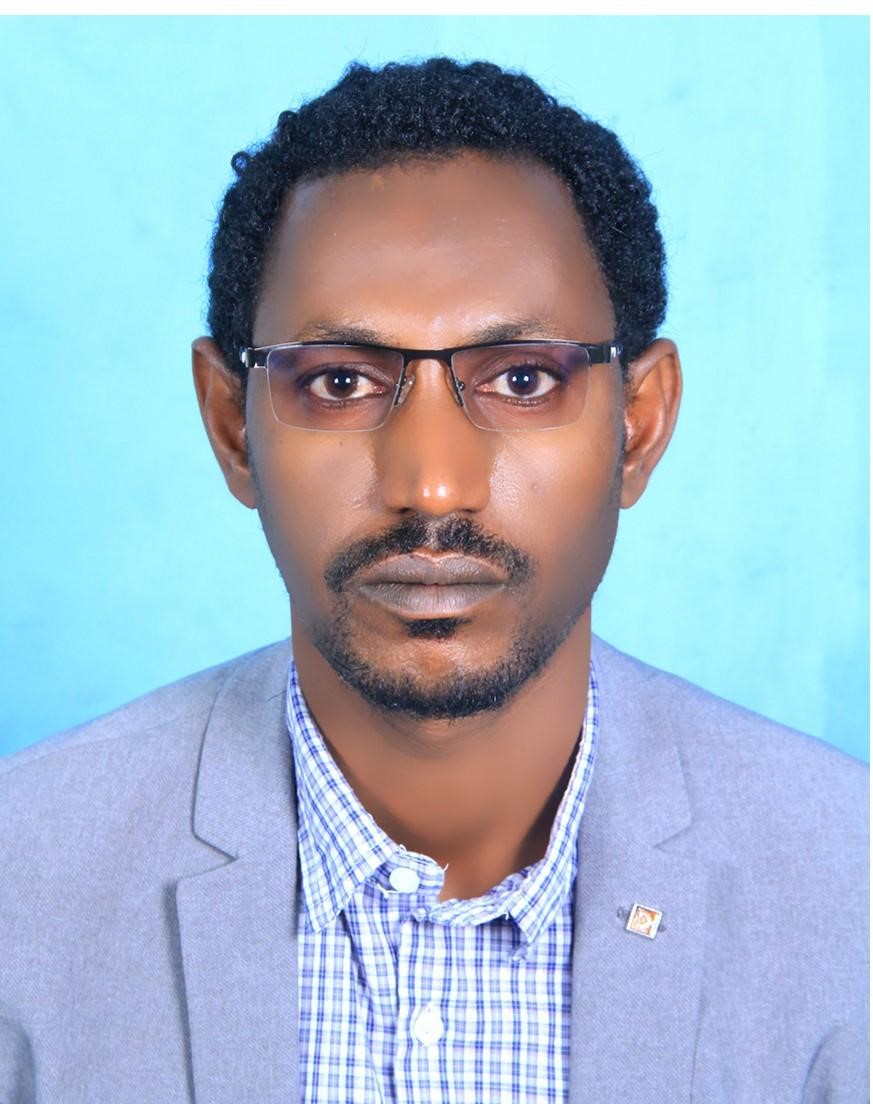Dr. Tassew Mohammed Ali did BSc. degree in Animal Production and Health at Jimma University whereas I got my MSc. and Ph.D. degrees in Animal Genetics and Breeding from Haramaya University, Ethiopia, and Guru Angad Dev Veterinary and Animal Sciences University (GADVASU), India, respectively. I have been working in the Department of Animal Science, at Woldia University as an assistant professor and senior researcher. I have also served as Research and Community Service Coordinator, Head of the Department of Animal Science, Vice Dean of the College of Agriculture, Director of Research and Development office, and now Coordinator of Quality Assurance office, Woldia University, Ethiopia
My research has been focusing on applied research that has significant contributions in ensuring nutritional and food security by enhancing the productivity of ruminants and chickens. So far I did successful research on sheep, goat and cattle.
It was initiated to classify the sheep types in the Zone and document baseline data for further research and developing conservation based genetic improvement strategy. More than 450 sheep, owned by 190 households, were characterized based on FAO breed descriptor standards (FAO. 2011) since 2011/2012
Teaching and Student Mentoring
Overall, I do have more than 16 years teaching experiences (from 2014-on wards). Nowadays, I have been teaching both under and postgraduate students in the stream of Animal Genetics and Breeding. For undergraduate students, I taught Principle of Genetics, Animal Breeding, Reproductive Physiology and Artificial Insemination, Animal Biotechnology, and Research Methods and Biometrics. Whilst I have taught Molecular Genetics, Quantitative Genetics, Advances in Livestock Breeding, honey bee and poultry breeding, Bioinformatics and Advances in Research Methods and Biometrics for postgraduates students. I supervised and mentored many undergraduate and three postgraduate students.
Participations in Journal and Professional Association
- Editor-in-Chief of: Lalibela Journal of Agricultural and Veterinary Sciences
- I am Reviewer of Ethiopian Journal of Animal Production, East Africa Journal of Veterinary and Animal Sciences and African Journal of Agricultural Research
- Member of Ethiopian Society of Animal Production, Ethiopian Veterinarian Association and Ethiopian Beekeeping Association.
- Internal evaluator (BSc and MSc students researches, and staffs researches and extension projects)
Challenges
I faced many challenges when I was abroad. The challenges were extreme cold and hot weathers, family love, COVID19 outbreaks, Statistical Analysis Problems (highly challenged with the analysis of nonlinear models, Genetic Correlation and Repeated measurement analysis), computer failure such as keyboard and battery failures and Locus outbreak in my home country. I have used my life principles and experiences to overcome the problems and successfully completed my study on time.
Technical, Social and Leadership Lessons
My knowledge, understanding, and skills on research planning, execution, analysis and report writing, sheep, goat, cattle and chicken potentials and characteristics, genetic evaluation of crossbred dairy cattle, application of statistical computer packages such as SAS, R, WOMBAT, PEST and VCE, presenting research results to scientific communities in national and international conferences, journal articles’ publishing, students’ researches advisorship
Best Experience Lessons
They were obtained when I did my third degree in GADVASU, Ludhiana, India. The most attractive experiences I observed are described as follows. The University has updated the educational curriculum. The laboratory and farm organization, facilities and administration is wonderful and an example to the developing country like us. They developed their own improved livestock germplasms namely, Punjab Red Chicken Breed, 50-75% HF Crossbred Bulls, Murrah and Nili Rebi Buffalo, Sahiwal Breeds, Feed Packages, and Beetle goat. Ludhiana district, India produces surplus of rice, wheat and milk by irrigation scheme under very low altitude and high temperature conditions. This scenario teaches us many lessons to produce crops and milk in areas having similar weather conditions like Ludhiana. The University also widely applied reproductive biotechnologies like Artificial Insemination (AI), Multiple Ovulation Embryo Transfer (MOET), Mass synchronization, Invitro Fertilization (IVF), and cryopreservation of germplasms for fastening genetic progress. The culture and work ethics of Indian students and teachers are also teachable. They invest their resources in their countries. They have good cultures of transferring knowledge to the coming generation via writing books. The administration welcomes new ideas and gives high credits for one's own contribution. I created it with many teachers and students. These experiences can be used as a tool to improve the academic and administrative matters, research ethics and system, and work habits in the Ethiopian Universitiy.
Tassew Mohammed Ali
Assistant Professor in Animal Genetics and Breeding
Director, Research and Development Office
Department of Animal Science
College of Agriculture, Woldia University, Mersa, Ethiopia

